Visit or Call Our Sleep Guide Texas Showrooms
Our Texas Showrooms Are Here To Help With All Your Favorite Online Brands! And We Offer Exclusive Coupons To Save More!
Learn MorePlease note, we are proudly supported by our readers. The product links are referral based and if you purchase an item we make a small commission. For more information please see our disclosure page.
Is it time for a new mattress? 
There are a lot of numbers that are thrown around when determining how frequently you should replace your mattress. However, I don’t believe that there is one magic number that applies when it is time to get a new mattress. The only determining factor is YOU and YOUR COMFORT. And that is why our mattress guide is here to help you.
Today there are a plethora of options out there for you. You no longer even need to go to a mattress store. It is now as easy as clicking a button and having a mattress delivered right to your door. However, choosing which one will be best for you may be a little trickier. Especially if you don’t know what you need to look for. That is why Our Sleep Guide is here to help you on your journey to a great night’s sleep.
Below is our mattress buying guide that goes through three easy steps. They will help you narrow down your options to quickly find mattress is best for you. Start now… it’s as easy as 1 – 2 – 3!

Having an idea of how much you can spend on a mattress will help narrow down your options. This can easily be done with little or no research needed at all. Which is why we like to start with budget. Because that is typically set before you even begin your search. The only thing we like to stress when it comes to budget is the word value.
Value is key because you want to make sure that what you are spending your money on is the best quality, durability and feel for you in your price range. You will find several mattresses that are in your price range. But, knowing among those what is going to get you the best bang for your buck is another story. And that is why there are a few more steps in our mattress buying guide to help you figure out the specific details of what mattress will be best for you.

At this point you will also want to figure out what size mattress you will be getting, if you don’t already know. This will affect your budget, because the size will vary the pricing from mattress to mattress. Below is a chart with the exact measurements of each mattress size. This will give you a better idea of the space you will need to accommodate each one. Also, make sure you check out our mattress size guide for more information.

On a tight budget but still want the best bed? Check out our Best Mattresses on a Budget.
In this section of our mattress buying guide we discuss sleeping positions. The next step in determining what mattress will be best for you is to identify your preferred comfort and firmness level. This also applies to your partner if you share your bed. To help determine this you want to look at a few key factors that will play a part in finding what’s just right. They are what positions you sleep in and how firm or soft you prefer your mattress to be. These two things combine will indicate what FEEL will be best for you.
Depending on what position you find yourself sleeping in most often can help you determine the proper support and firmness your mattress should be.

Stomach sleepers will benefit from a medium-firm to firm mattress. When sleeping on your stomach you need to make sure you have a more solid surface to prevent your back from bowing. If a mattress is too soft and you sleep on your stomach you may have lower back pain and just be less comfortable for an extended period of time.
Find the perfect mattress for sleeping on your stomach on our Best Mattresses for Stomach Sleepers page.
Side sleepers will typically prefer a mattress that is more on the soft to medium side. You will still want a solid support system to keep your spine aligned and supported. However, having a softer top will allow for your hip and shoulder to sink in to be more comfortable.
If you’re a side sleeper find the best options for you on our Best Mattresses for Side Sleepers page.
Back sleepers tend to be able to have more range for what’s comfortable to them. Any feel, soft to firm, is fine for a back sleeper. It is more or less preference as well as proper support that is important for back sleepers.
If you change between sleeping on your back, stomach and side you will probably do best with a medium to medium-firm mattress. Regardless of what position you are in you want to make sure that your mattress has proper support and enough cushion on the top to contour to your body, but not so much that you aren’t able to easy move. If you change positions frequently you may benefit from a mattress that has a more responsive feel. Something that incorporates latex or a latex like feel will help you move easier and not feel stuck.
Find all of our top rated and favorite mattresses on our Best Mattresses page.
Even though sleeping positions can play a part in determining the firmness or softness of your mattress your personal preference also needs to be accounted for. Just because there is a typical rule of thumb when choosing firmness that doesn’t necessarily mean you have to follow it. Taking into account what type of feel you prefer, as well as the guaranteed fact that a mattress will only get softer over time, may make a difference when figuring the ideal level of firmness you will like.
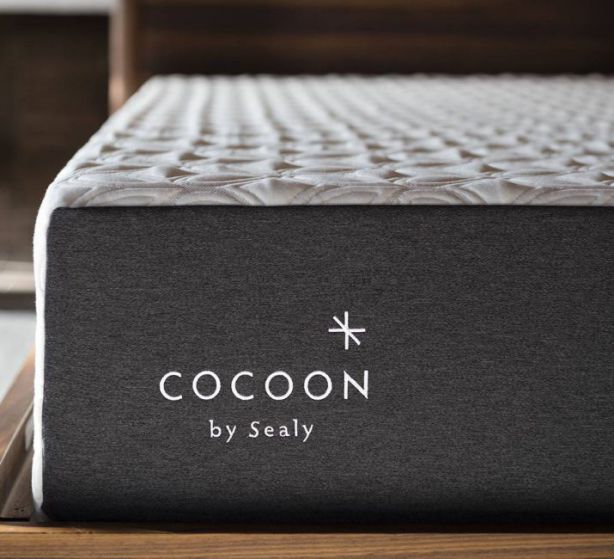
A soft mattress would not be recommended for stomach sleepers, because it will not provide the proper support for your back. On a scale of 1 to 10, 1 being the softest and 10 being the firmest, a soft mattress should fall around a 3.
If you like soft mattresses check out the Novosbed or Brooklyn Bedding Signature mattress.
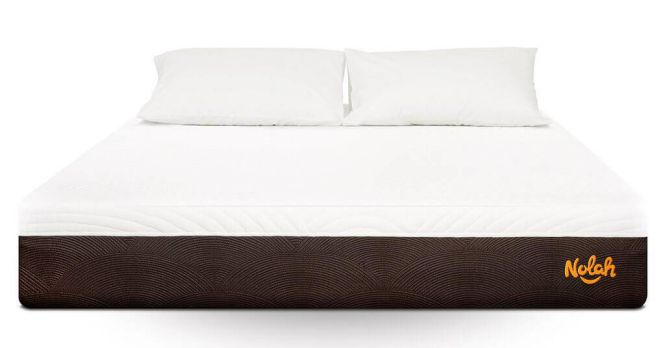
If you like medium mattresses check out the Oceano by Brentwood Home or the Puffy Lux mattress.

Medium-firm mattresses will still have plush top layers that will provide you with plenty of support and a minor amount of give. It should be just soft enough to feel enjoyable in all sleeping positions and allow you to move easily. On a scale of 1 to 10, a medium-firm mattress will fall around a 6.5.
If you like medium-firm mattresses check out the Puffy and the LuuF Hybrid mattress.
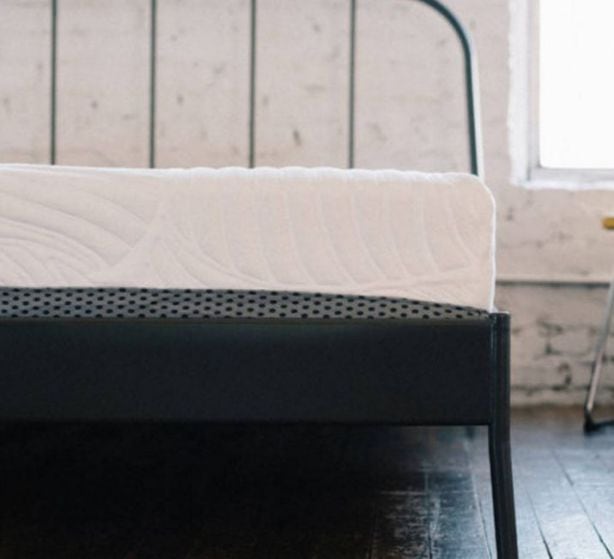
This mattress feel is great for predominant stomach sleepers because of it’s ample support, however, it may be less ideal for side sleepers since it doesn’t let your shoulders or hip sink in. On a scale of 1 to 10, a firm mattress will fall around an 8.
If you like firm mattresses check out the Saatva or the Plank by Brooklyn Bedding mattress.
One thing to also note when considering feel is who will be sleeping on your new mattress? This is going to make a big difference with how much wear the mattress will be getting and correlate with how long it will comfortably last. Let’s take a logical look at this one with an example.
*Brand A is popular mattress that many people purchase. One customer of Brand A is Barb. She is a 120lb woman who sleeps solo on her queen mattress 3-4 nights a week, due to traveling for her job. She prefers sleeping on her back and likes a medium to medium firm mattress.
Another customer is Roger and Sandy who sleep every night in their bed. Roger is 220lbs and sleeps on his back and likes a medium feel. Sandy is 165lbs and sleeps on her side and likes a soft to medium soft feel.
Brand A may initially feel great to both of these customers, however, Barb, who puts less wear on her mattress will get more life and longevity out of the mattress than Roger and Sandy. This is just due to the simple fact that less weight is continuously being put on this mattress.
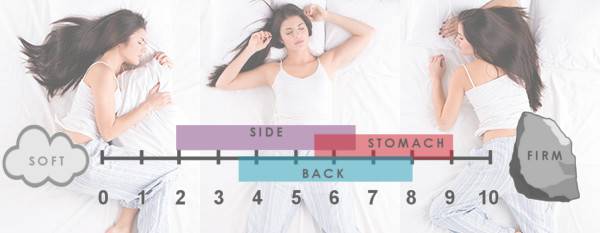
Need some help finding the best bed for two people? Check out our Best Mattresses for Couples page.
When looking for a new mattress you are going to have several options when it comes to the type and materials each mattress is made of. In the third step of our mattress guide we will go through both of these topics and help you figure out what types of mattresses are available, as well as the components that they consist of.
The first question to ask when it comes to your mattress materials is what style is best for you? The most common types to choose from are All Foam Mattresses, Hybrid Mattresses and Innerspring Mattresses. All will have pros and cons and determining which one is best for you will help you get that much closer to finding your perfect mattress. Below we go through the basics of each of these styles, as well as a few pros and cons that each have.

Pros: Minimal motion transfer, highlights the specific feel of the comfort foams used & lighter in weight for moving.
Cons: May hold more heat, may have minimal edge support & may be less durable.
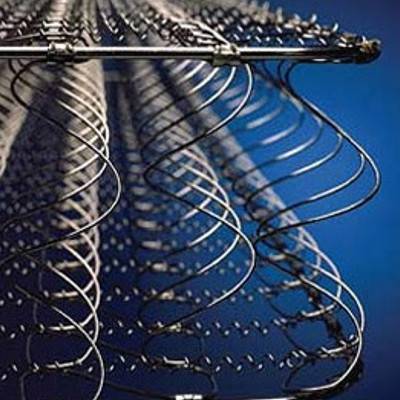
Pros: Dissipates heat, typically better edge support & typically more durable.
Cons: May have more motion transfer & compressing into a box may compromise the integrity, doesn’t provide the specific feel that foam mattresses do.

Pros: Better heat dissipation, still have the feel of specific foams, possibly more durable depending on the specific materials used & good compromise between coil and all foam options.
Cons: Potentially some motion transfer, but minimal & potential of compromising the integrity of certain materials when compressed.
Hybrid Mattresses are awesome! Find all of our favorites in the Best Hybrid Mattresses page.

Naturally using higher end materials are going to outlast less expensive, lower quality materials; however there is a higher price tag associated usually. There are also specific comfort qualities that different materials will have, some being more appealing to you than others. Below are a few basics on what to expect from materials typically used in mattresses. This can help you determine what materials you may prefer and help in narrowing down your search for your new mattress.
Latex, Memory Foam and Poly Foams are the three kinds of foam that you will find in all mattresses. We will go through some specifics on these foams and what to expect for feel, durability and their manufacturing process.
Latex Foam Feel: A naturally springy and responsive material that is also breathable and aerated to keep you cool while you sleep. This foam will be the most durable of the foams and should relieve pressure points, reduce over heating and be comfortable, yet easy to move on. Because of the quality and durability of latex there will be a higher price typically associated with this material.
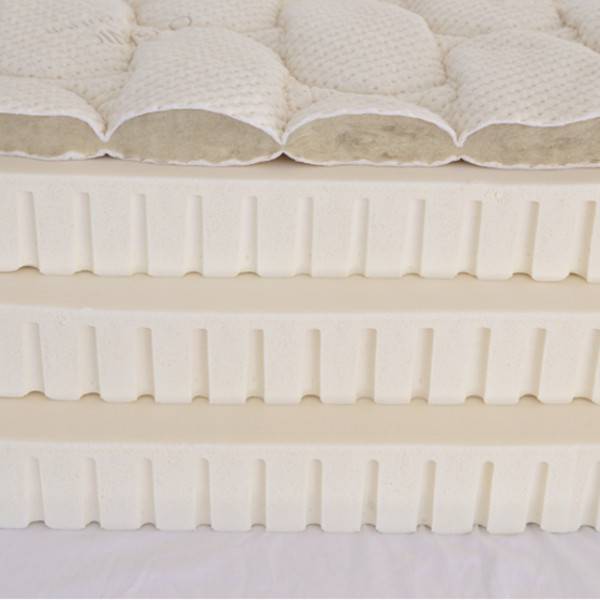
There is also synthetic latex. That is made of the sap of the rubber trees but has added fillers that dilute the sap to cut down on the cost. This affects the quality and durability of the finished product. As well as increases the carcinogenic factor. *Note: Depending on the ratio of tree sap to fillers latex manufacturers can still call synthetic latex “natural” depending on the percentages.
Interested in a latex mattress? Find the best of the best in our Best Natural Mattresses page.
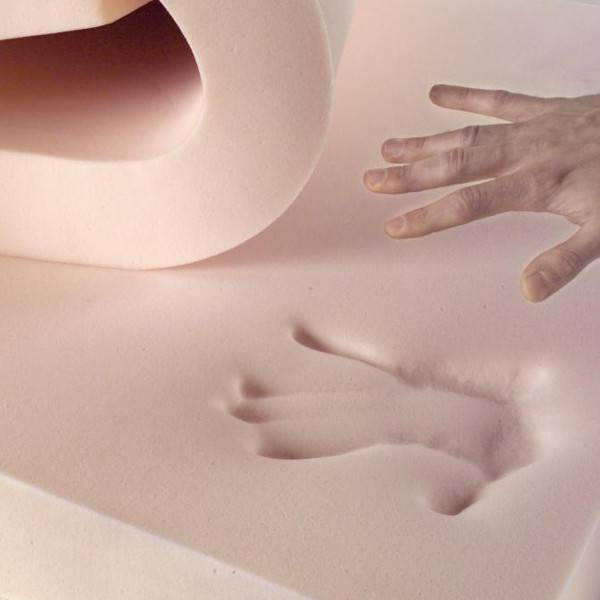
Memory Foam Manufacturing: Memory foam is a visco-elastic polyurethane foam that has specific properties that are more sensitive to pressure and temperature. This foam is associated with a conforming, hugging feel. It molds to your shape with the help of the warmth of your body temperature. It also has a slower reaction time and is known to hold heat. Not all memory foams are created equal. The densities will vary anywhere from less than 1.5lbs/ft cubed to 8lbs/ft cubed. This will make a huge difference in quality weight and firmness.
If you think memory foam is the way to go than let us help you find one in our Best Memory Foam Mattresses page.
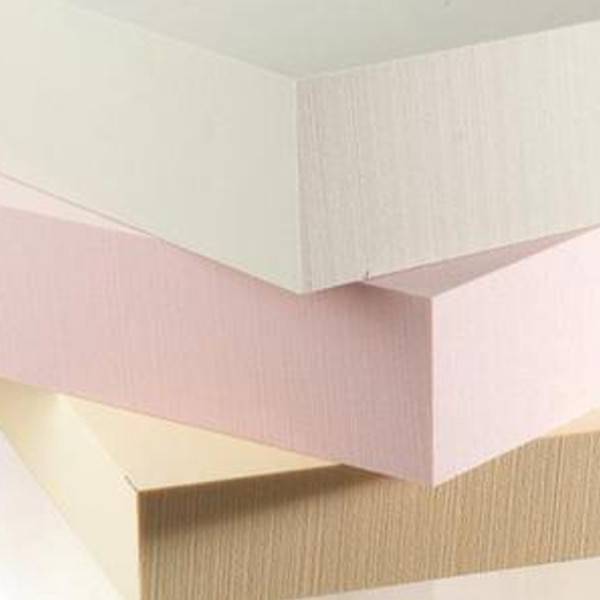
Polyurethane Foam Manufacturing: Poly foam is a manmade foam that uses various petrochemicals to create foam. All poly foams will be less expensive and have less quality than latex and memory foam. These foams differ widely based on the combination of chemicals, quality and process by which they’re made. The higher the density the more durable poly foam will be. However, poly foam still breaks down over time.
Coil on Coil, Pocketed Coils, Micro Coils & Zoned Coils are the most common coil sets you will find in mattresses today. Below are some specifics on these coil systems and what to look for when searching for a mattress.
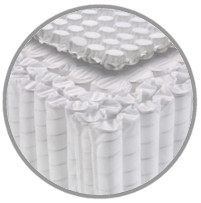
If you want the solid support of a coil on coil than check out the Oceano by Brentwood Home or the Saatva mattresses.
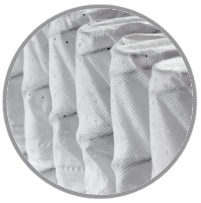 Pocketed Coil System:
Pocketed Coil System:A pocketed coil system is a coil system in which each of the coils is individually wrapped in material to help reduce the motion transfer. A pocketed coil system can vary is size and coil count but will always be considered pocketed if each coil is surrounded by fabric. Sometimes this coil set is also referred to as wrapped.
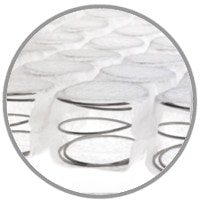
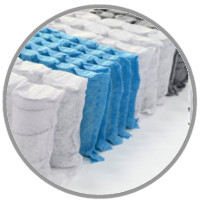
When looking at a mattress that has a coil system there are a few basics to understand. Especially when determining the quality of this type of core. The coil count is one. This is the number of total coils in the mattress. And typically the more coils the better stability and durability the mattress will have. However, sometimes this is NOT the case and knowing the gauge of the coil will coincide with the coil count.
The coil gauge is referring to the actual thickness of the coil and this can affect the quality as well. Coil gauges are rated with the lower the number being a thicker coil and a higher number being thinner. Thus a 12 gauge coil will be thicker than a 17 gauge coil. Sometimes a heavier gauge coil system with less coils will be more durable than a thinner gauge coil system with more coils. Let’s take a look at an example of how coil count and gauge work hand in hand.
*Peter is looking for a new queen innerspring mattress. He is torn between Brand A and Brand B and he is trying to figure out which one has a heavier duty coil system. Brand A has 800 coils that are made with 16 gauge steel. Brand B has 650 coils made with a 13.5 gauge steel. Initially he sees the numbers of Brand A and thinks that has to be the better coil system since there are more coils. However, the gauge of the coils in Brand B are substantially heavier and thicker. And even though there are 150 less, they actually create a stronger core.
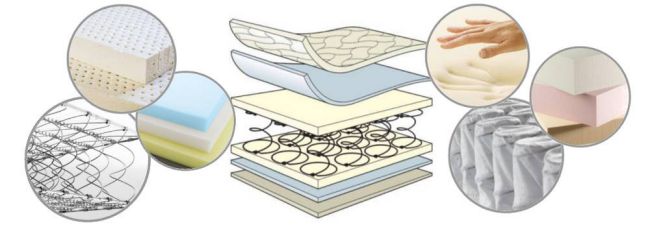

All of our thorough best mattresse reviews are listed on one easy to read table with each mattress clearly labeled with price
, feel and materials, as well as our overall rating. You can then find which ones fit your needs and read the full reviews to determine your new mattress . Also, for a quick side by side comparison check out our Comparison Tool for a simple mini review. This should make for an easy journey on finding your new mattress.
Also, if you have any questions on your way to finding a new mattress please feel free to contact us.
Justin & Crystal
Our Texas Showrooms Are Here To Help With All Your Favorite Online Brands! And We Offer Exclusive Coupons To Save More!
Learn More